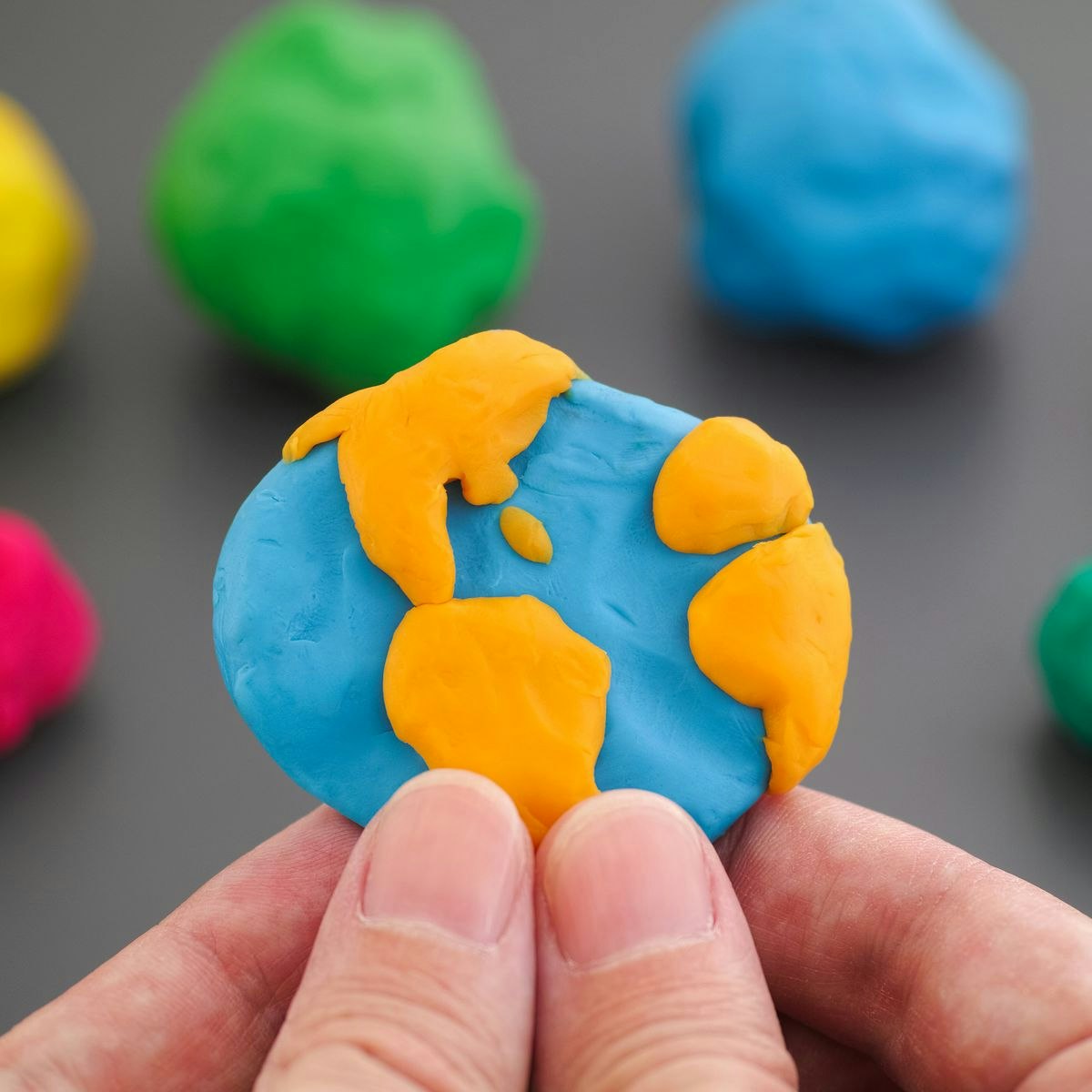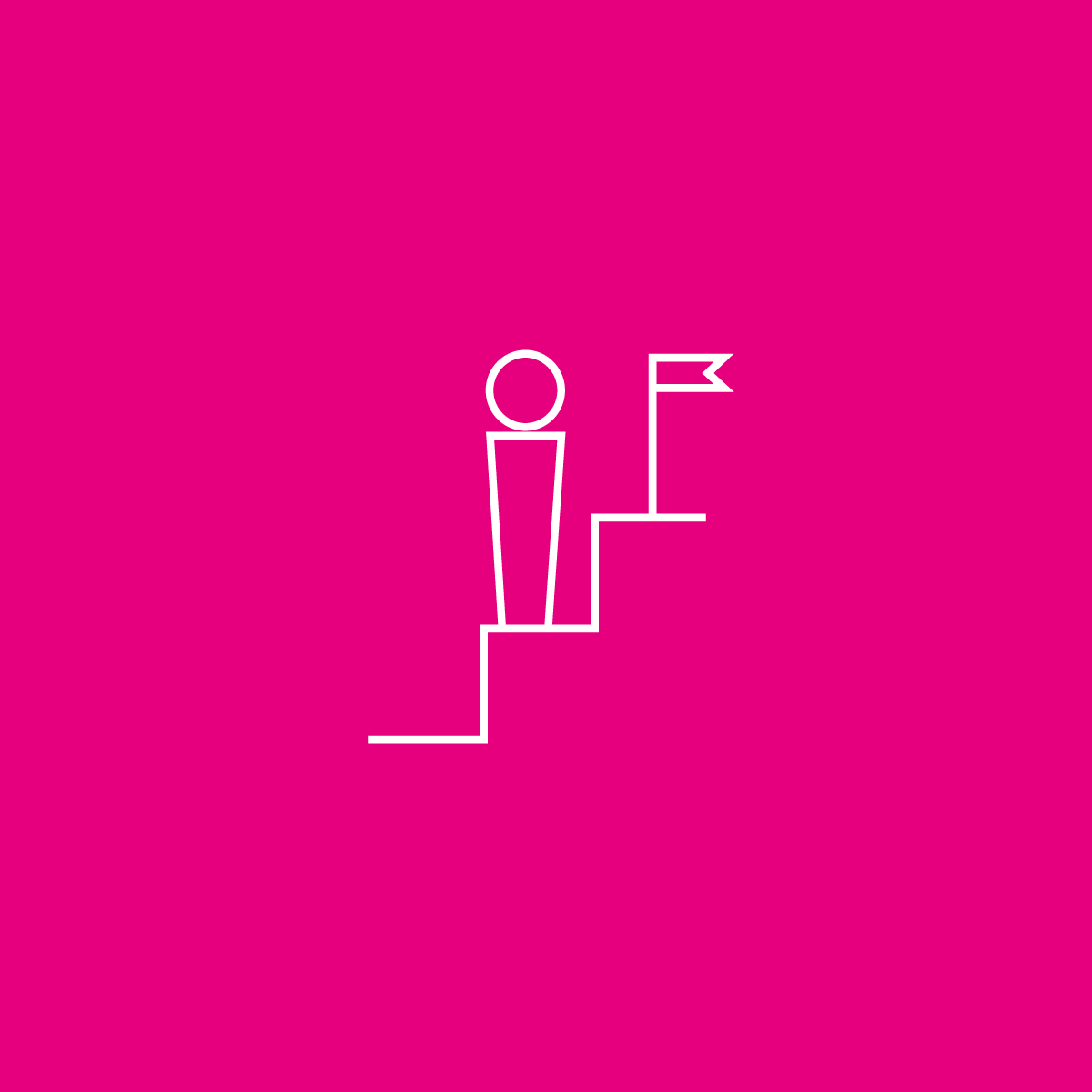Back to Courses









Leadership And Management Courses - Page 14
Showing results 131-140 of 600

Analyzing the Internal/External Competitive Profile Matrix
By the end of this guided project, you will be able to use the Internal/External Competitive Profile Matrix to analyze your industry and identify opportunities to create a competitive advantage for your company. The Matrix is a strategic management tool that enables you to benchmark you company in relation to competition and then identify the relative strengths and weaknesses of all the competitors based on external and internal factors. The Internal/External Competitive Profile Matrix was developed to address the limitations on the traditional Competitive Profile Matrix. Weaknesses such as subjective assigning of weight and raking. Therefore, the External/Internal Competitive Profile Matrix allows uniform weight, and force raking to provide a more comprehensive analysis and decision-making.
To demonstrate the application of the Matrix, we will use a spreadsheet to analyze a division of a Fast-Food company. Example of the case study would empower you to use the model to analyze your company or any other company of your choice. The project is for business leaders who want have a deep insight on their competitive environment and how their company fare relative to competition. Also, for strategist who are interested in helping organization in making informed strategic decisions. At the end of the project, you will be able to use the Matrix to analyze your company, and make informed decisions to create a competitive advantage

Managing Data Analysis
This one-week course describes the process of analyzing data and how to manage that process. We describe the iterative nature of data analysis and the role of stating a sharp question, exploratory data analysis, inference, formal statistical modeling, interpretation, and communication. In addition, we will describe how to direct analytic activities within a team and to drive the data analysis process towards coherent and useful results.
This is a focused course designed to rapidly get you up to speed on the process of data analysis and how it can be managed. Our goal was to make this as convenient as possible for you without sacrificing any essential content. We've left the technical information aside so that you can focus on managing your team and moving it forward.
After completing this course you will know how to….
1. Describe the basic data analysis iteration
2. Identify different types of questions and translate them to specific datasets
3. Describe different types of data pulls
4. Explore datasets to determine if data are appropriate for a given question
5. Direct model building efforts in common data analyses
6. Interpret the results from common data analyses
7. Integrate statistical findings to form coherent data analysis presentations
Commitment: 1 week of study, 4-6 hours
Course cover image by fdecomite. Creative Commons BY https://flic.kr/p/4HjmvD

Platform Thinking: designing a Platform
Platforms changed the way we live and we do business. This module of the “Platform Thinking” series aims to help innovators in designing and building platforms.
At first sight, it may seem that platforms "simply" connect different kinds of users, as Airbnb links travelers and hosts or as Uber links drivers and riders. Well, this is true: platforms link different kinds of users. Nevertheless, this is just the enabling factor to have a platform, definitely not enough to describe the wide range of activities they actually do.
Therefore, this module aims to assess the starting point of creating the platform, identifying the initial set of customers and the main challenging elements to bring the design forward. Then, it digs in the phases of kicking-off a new platform and then in managing its growth over time, becoming a real ecosystem. In other words, the course aims to present the main strategies and tactics to design, launch, and manage a platform. In the end, it introduces platform thinking steps, helping established companies evolve towards a platform model.

Managing Project Risks and Changes
This course will help you manage project risk effectively by identifying, analyzing, and communicating inevitable changes to project scope and objectives. You will understand and practice the elements needed to measure and report on project scope, schedule, and cost performance. You will be equipped with the tools to manage change in the least disruptive way possible for your team and other project stakeholders.
Upon completing this course, you will be able to:
1. Define components of a communications management plan
2. Understand the importance of communications channels
3. Define the key elements needed to measure and report on project scope, schedule, and cost performance
4. Identify project risk events
5. Prioritize identified risks
6. Develop responses for a high priority risk
7. Identify and analyze changes to project scope
8. Describe causes and effects of project changes
9. Define the purpose of conducting a lessons learned session

Program Stakeholders Management in ClickUp
By the end of this guided project, you will be fluent in creating Program stakeholders Management artefacts for the Planning Phase for diverse programs. You will utilise a logical diagramming plan in an agile environment to develop the solution. This will enable you to identify and classify the required components for stakeholder planning and management. Furthermore, it will help develop a structural model for learning about the field of Program Management.
If you are interested in building up the knowledge leading to this guided project, the following is the link to:
[ Developing Programme Management Blueprint with ClickUp]
https://www.coursera.org/projects/program-blueprint
[Advanced Programme Planning Phases Framework in ClickUp]
https://www.coursera.org/projects/program-advanced-planning
This Guided Project is essential for individuals wanting to learn about the field, or looking to transition into working in Program Management. This guided project is designed to engage and harness your visionary and exploratory abilities. You will use proven models in an agile environment with ClickUp to engage in a hands-on learning experience.

Use Automation in Trello
Apps that help you to get organized and manage projects can be useful but you can even take them to the next level and use automations to save yourself more time. Trello has the option to add buttons to make operations quick and easy and rules that occur when triggered by an action on the Trello board. Administrative tasks can take up a lot of time but you need them to be completed to keep your projects on track and your organization to run smoothly. By the end of this project, you will be able to take a few moments to set up rules without using coding to save yourself time using automations on your Trello board.
Turn Ethical Frameworks into Actionable Steps
Ethical principles build a strong foundation for driving ethical technologies. Principles alone can be elusive and impractical for application. Ethical frameworks based upon these principles provide a structure to guide technologists when implementing data-driven solutions. However, ethical frameworks, along with standards and regulations, can make compliance tasks more complex, and they can also raise the tension between ethical duties and business practicalities. An approach is needed to reconcile these issues. This second course within the Certified Ethical Emerging Technologist (CEET) professional certificate is designed for learners seeking to analyze ethical frameworks, regulations, standards, and best practices and integrate them into data-driven solutions.
Students will become familiar with frameworks and the common ethical principles they are based upon and how they can be applied across a variety of ethically driven dilemmas. You will learn applicable regulations and best practices established across global organizations and governments and how to navigate the integration of these standards in the context of business needs.
This course is the second of five courses within the Certified Ethical Emerging Technologist (CEET) professional certificate. The preceding course is titled Promote the Ethical Use of Data-Driven Technologies.

Management of International Development: Towards Agenda 2030
Welcome!
This course provides participants with the opportunity to explore the multifaceted concept of international development in order to be able to interpret and lead its challenges, opportunities and constant evolutions. Starting from an in-depth analysis of the current international development architecture, its key actors and trends, the course then illustrates the main international organizations' governance systems; identifies their funding and financing tools necessary to implement development programs and achieve sustainable development goals; and explains how to effectively leverage on human capital to drive organizational success and be ‘fit for purpose’ in an ever changing international development scenario.
The course is delivered by both Bocconi University and SDA Bocconi School of Management faculty involved in programs as the EMMIO - Executive Master in Management of International Organizations.
The course also provides participants with the opportunity to learn from the experience of senior professionals serving International Organizations at all levels.

Managing as a Coach
Do you (or do you want to) manage employees? Have you ever wondered how to get better performance out of those you manage? Are you unsure if you are communicating effectively with your employees? If you answered “yes” to any of these questions, then this course – and its associated specialization – is for you!
Leadership and management responsibilities have changed dramatically, particularly in the last decade. In order to be an effective manager in increasingly fast-paced and complex organizational environments, coaching has become essential.
In this course, you will learn what coaching is and learn how to differentiate between it and all of the other myriad roles managers are expected to perform – managing, mentoring, leading, and training. You’ll learn about the importance of strong leadership and learn to describe your current point of view as a leader, and evaluate when to adjust your thinking in order to be more effective in managing and leading in a rapidly evolving workplace.
And finally, you’ll be introduced to the Thought Model, a coaching technique you can use to develop better thinkers and better performers. So if you’re ready to learn all about how to be a more effective and valued manager using coaching techniques, join us as we explore more successful managing through coaching!

Stepping Up: Preparing Yourself for Leadership
In this course, you will explore the importance of self awareness and feedback, as well as issues such as bias and imposter syndrome. As a leader, it is important to know when to step in and lead, as well as how to establish boundaries and resolve conflict. This course will equip you with these fundamental leadership skills and will also help you develop your ability to influence others (including your “boss”), measure your impact and enhance your resilience.
This course is aimed at leaders and managers who have five to six years experience and who are beginning to manage teams, customers and clients more regularly or more directly. A majority of those taking this course will have a technical or professional early career, but are progressing professionally so are starting to grapple with the issues of team and organisational leadership.
By the end of this course, you will be able to:
– Identify how you are perceived by your colleagues as leaders.
– Make better decisions about when to step in, and when to stand back, as a leader and how to work with conflict as a productive force.
– Explain how to lead and support your boss to both achieve your goals in your respective leadership positions.
– Manage your energy to be seen as a positive, influential leader.
Popular Internships and Jobs by Categories
Find Jobs & Internships
Browse
© 2024 BoostGrad | All rights reserved